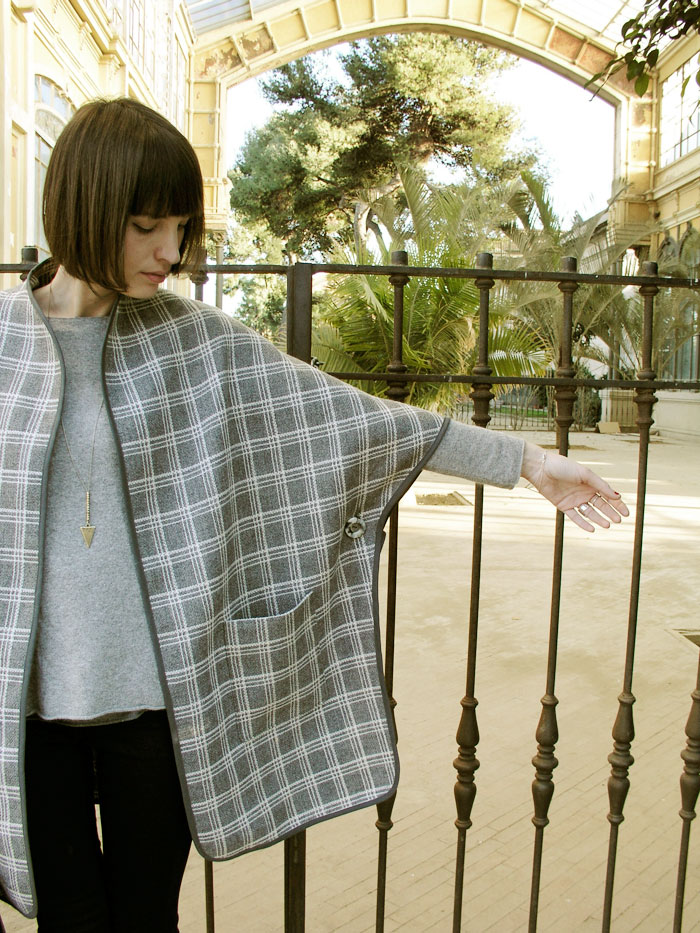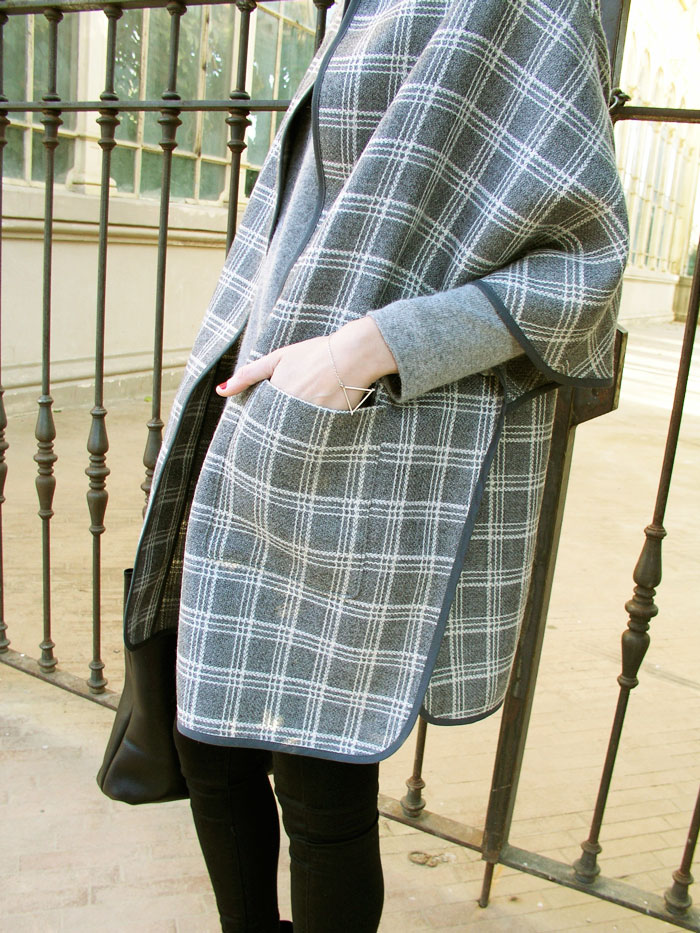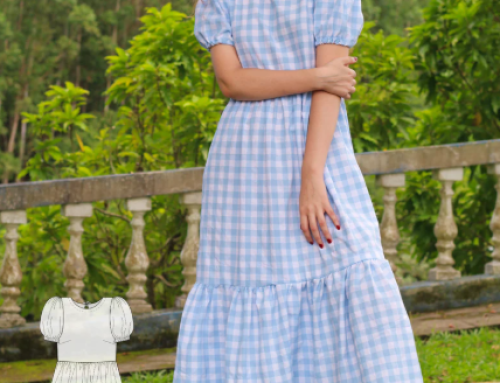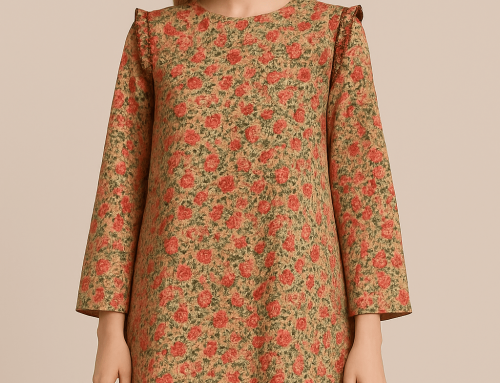The Christine Cape is a stylish and versatile garment, perfect for layering in cooler weather. This guide consolidates all the steps from the original multi-part tutorial into a single, easy-to-follow resource.
🧵 Materials Needed
-
Pattern: Download the free Christine Cape pattern from Betsy Costura.
-
Fabric: 2.3 meters of medium-weight fabric (e.g., wool, tweed, or linen blends).
-
Lining: 30 cm of lightweight lining fabric.
-
Bias Tape: 12 meters of 2 cm wide bias tape.
-
Buttons: Two 2.5 cm diameter buttons.
-
Thread: Matching thread.betsy.es+10betsy.es+10betsy.es+10betsy.es
✂️ Step-by-Step Instructions
1. Preparing the Pattern and Cutting Fabric
-
Print and Assemble Pattern: Print the pattern at 100% scale and assemble it following the provided guidelines.
-
Cutting the Fabric:
-
Fold your fabric with right sides together.
-
Place pattern pieces according to the layout, ensuring the grainline is aligned.
-
Trace around the patterns with tailor’s chalk and mark notches, pocket placements, and button positions.
-
Cut out the fabric pieces carefully.betsy.es
-
2. Sewing the Shoulders
-
Finish Shoulder Edges:
-
Cut bias tape slightly longer than the shoulder seams.
-
With the garment wrong side up, align the bias tape along the shoulder edge and pin.
-
Sew along the first fold of the bias tape.
-
Fold the bias tape over the raw edge to the right side, encasing the seam.
-
Stitch close to the edge of the bias tape on the right side.
-
Press the seams flat.
-
-
Join Shoulder Seams:
-
Place front and back pieces right sides together.
-
Pin and sew the shoulder seams with a 1.5 cm seam allowance.
-
Press the seams open.betsy.es+4betsy.es+4betsy.es+4
-
3. Attaching the Facings
-
Assemble Facings:
-
Join front and back facings at the shoulder seams, right sides together.
-
Sew and press the seams open.
-
-
Attach Bias Tape to Facings:
-
Apply bias tape to the outer edge of the assembled facings as previously described.
-
-
Attach Facings to Cape:
-
With wrong sides together, align the facing to the cape’s neckline and front edges.
-
Pin and baste in place.
-
4. Applying Bias Tape to the Cape Edges
-
Prepare Bias Tape:
-
Starting at the center back neckline, pin the bias tape along the cape’s edge, easing around curves.
-
Trim seam allowances where necessary to reduce bulk.
-
-
Sew Bias Tape:
-
Sew along the first fold of the bias tape.
-
Clip curves and corners to allow the bias tape to lay flat.
-
Fold the bias tape over to the right side, encasing the raw edge.
-
Stitch close to the edge of the bias tape on the right side.
-
Press the edges for a crisp finish.betsy.es+3betsy.es+3betsy.es+3
-
5. Constructing and Attaching Pockets
-
Assemble Pockets:
-
Place pocket fabric and lining right sides together, aligning the top edges.
-
Sew the top edge with a 1 cm seam allowance.
-
Press the seam towards the lining.
-
Align the remaining edges, pin, and sew, leaving a 4 cm opening at the bottom.
-
Clip corners and curves, turn the pocket right side out, and press.
-
-
Attach Pockets to Cape:
-
Try on the cape to determine pocket placement.
-
Pin pockets in place and topstitch close to the edge, securing them to the cape.
-
6. Adding Buttons
-
Determine Placement:
-
Refer to the pattern for button placement or adjust to your preference.
-
-
Attach Buttons:
-
Sew buttonholes on one side of the cape.
-
Sew buttons on the opposite side, aligning with the buttonholes.
-
👗 Final Touches
-
Press the Entire Cape: Ensure all seams and edges are pressed neatly for a professional finish.
-
Try It On: Enjoy your handmade Christine Cape!
For visual guidance and additional tips, refer to the original tutorial series on Betsy Costura.









Leave A Comment